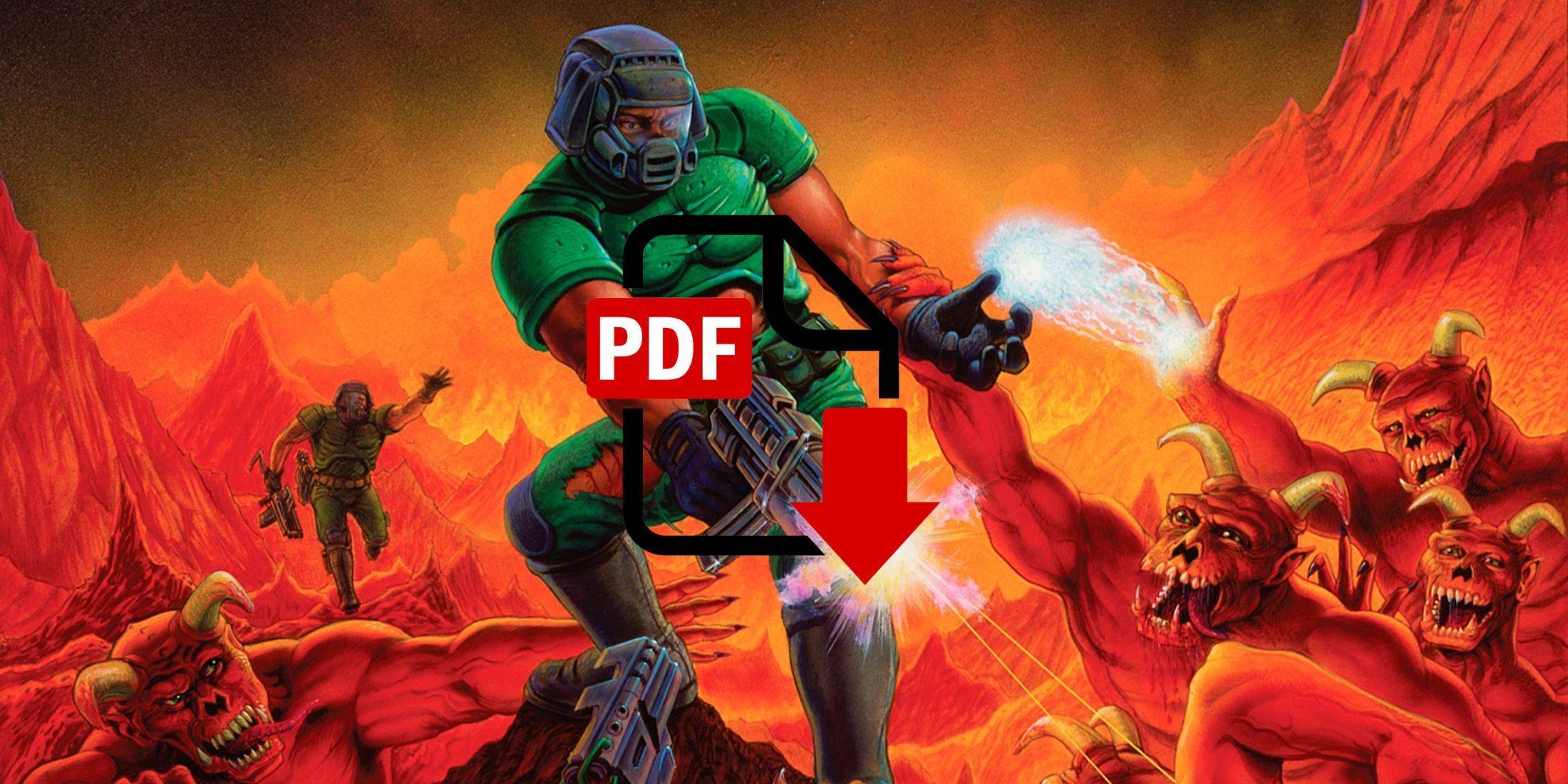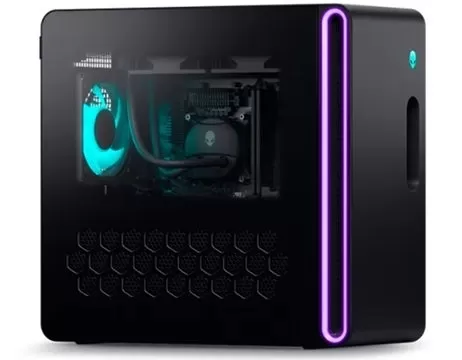
Doom's Unlikely PDF Port: A Testament to its Enduring Legacy
A high school student has achieved the seemingly impossible: porting the legendary 1993 first-person shooter, Doom, to a PDF file. While the resulting experience is slow, it remains playable, adding another bizarre platform to the ever-growing list of unconventional devices on which Doom has been successfully run.
Doom's compact size (a mere 2.39 megabytes) is a key factor enabling such feats. Its relatively small footprint has previously allowed players to conquer the game on devices as unexpected as the Nintendo Alarmo (using its dials and buttons for control) and even within other video games like Balandro. These creative endeavors, often plagued by performance limitations, aren't about achieving optimal gameplay; they're about pushing boundaries and showcasing the game's enduring appeal.
GitHub user ading2210, the high school student behind the PDF port, leveraged JavaScript's capabilities within the PDF format. This allowed for 3D rendering and other functions, although the limitations of the format necessitated compromises. Instead of using individual text boxes for each pixel (which would be impractical given Doom's 320x200 resolution), ading2210 employs a single text box per screen row. This results in a significantly slower frame rate (80ms per frame) and a lack of color, sound, and text within the game itself. Despite these drawbacks, the game remains surprisingly playable.
This latest accomplishment underscores Doom's lasting impact on the gaming world. Over three decades after its release, the game continues to inspire programmers and enthusiasts to explore its potential on increasingly unusual platforms. The ongoing experimentation with Doom ports highlights its enduring legacy and its remarkable adaptability, suggesting that even more unexpected ports are likely to emerge in the years to come.
















